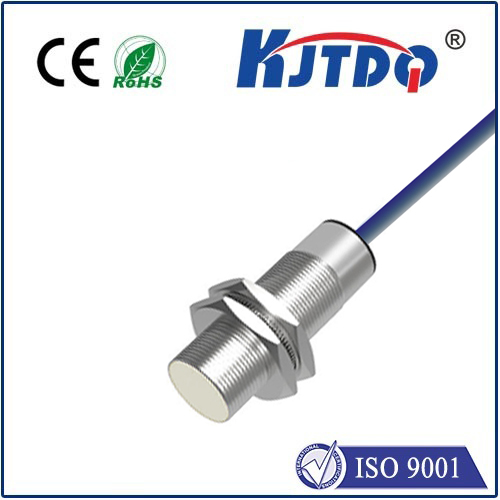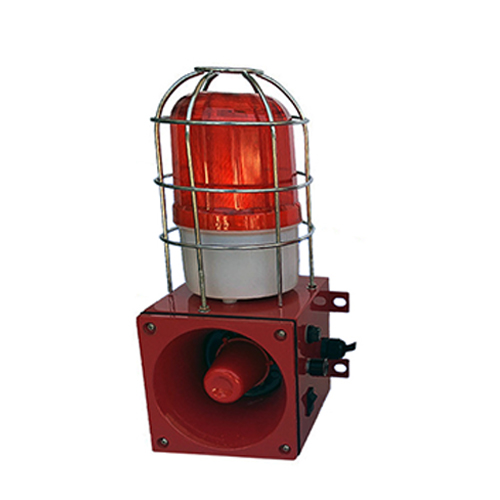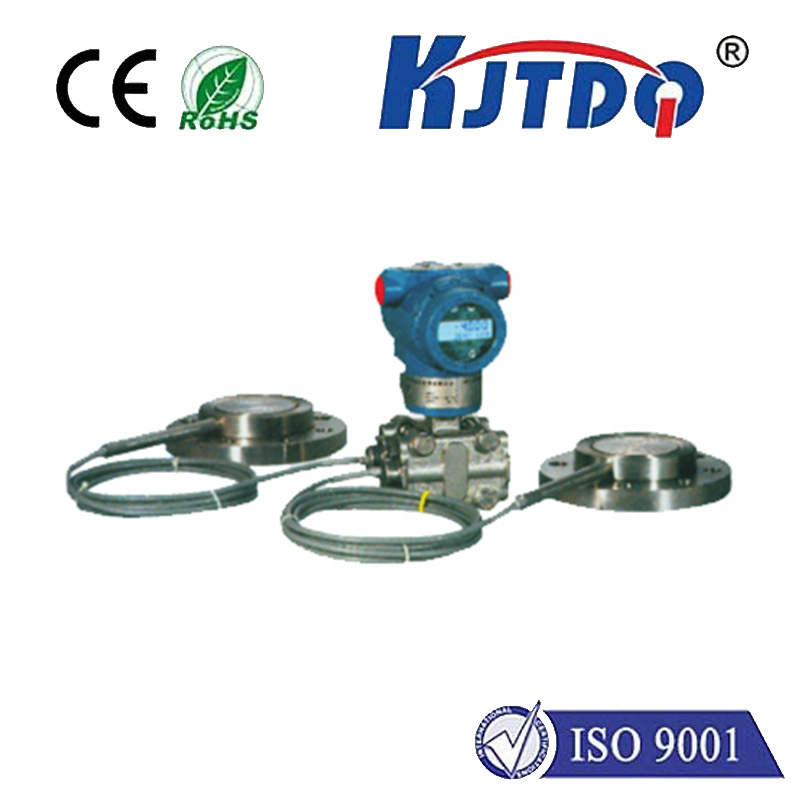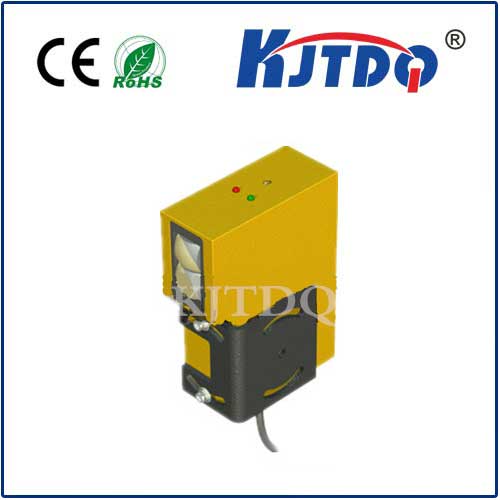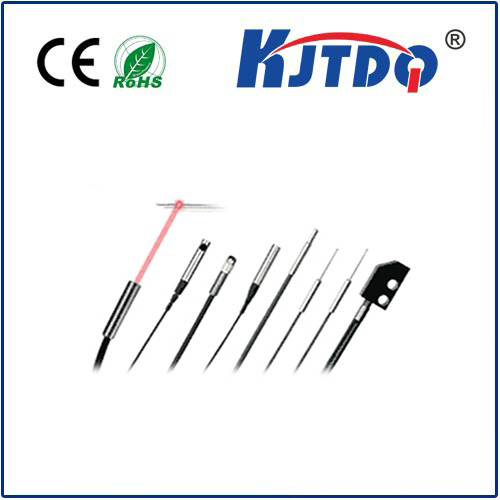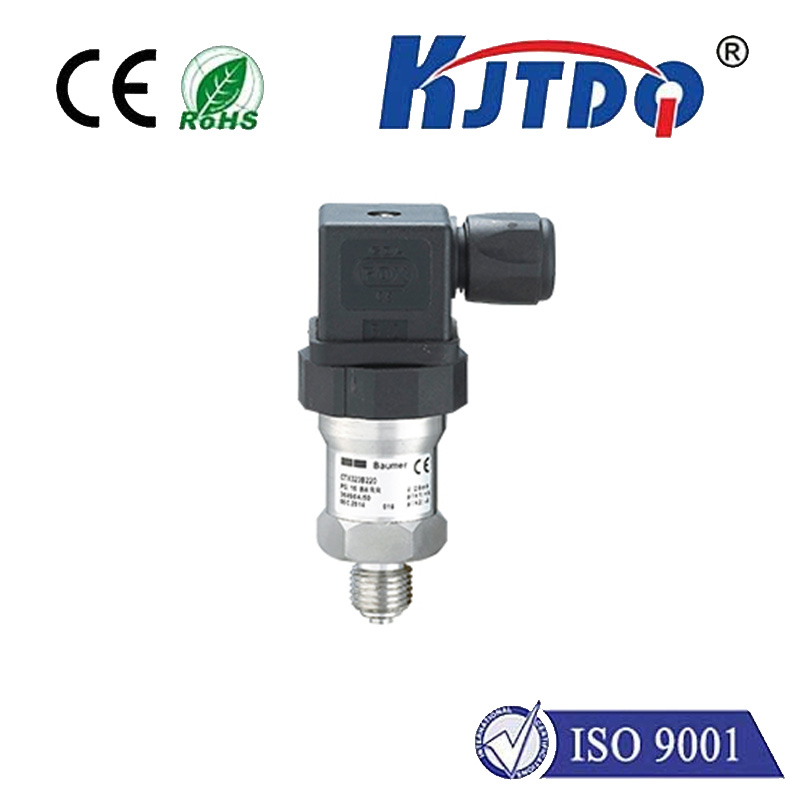proximity level sensor
- time:2025-07-16 08:55:37
- Click:0
Proximity Level Sensors: Revolutionizing Measurement with Non-Contact Precision
Imagine a world where critical levels in tanks, bins, or production lines are monitored silently, reliably, and without ever touching the material inside. No messy floats getting stuck, no mechanical parts wearing out, just precise, continuous data. This is the transformative reality ushered in by proximity level sensors, the unsung heroes enabling smarter, safer, and more efficient operations across countless industries. These ingenious devices fundamentally change how we approach level detection, offering unparalleled advantages where traditional contact methods fall short.
Understanding the Core Principle: Sensing Without Touching
At its heart, a proximity level sensor is a type of non-contact sensor. It doesn’t physically interact with the substance it’s measuring. Instead, it detects the presence (proximity) or determines the amount (level) of a material—be it liquid, granular solid, powder, or even a moving object—by sensing changes in a physical field emitted by the sensor itself. The principle hinges on how the target material influences this field as its level changes relative to the sensor’s position.
The Diverse Toolbox: Key Types of Proximity Level Sensors
The “proximity level sensor” umbrella encompasses several distinct technologies, each utilizing a different principle and excelling in specific applications:
- Inductive Proximity Sensors:
- Principle: Generate an oscillating electromagnetic field. When a conductive metal target enters this field, it induces tiny eddy currents within the target, causing a measurable change (usually a reduction) in the oscillation amplitude or frequency.
- Level Application: Primarily used for point level detection of conductive liquids (e.g., water, chemicals) or metal objects. They detect when the material reaches the sensor’s position, triggering an on/off signal. Ideal for high/low alarms or pump control in metal tanks. Hysteresis (the difference between switch-on and switch-off points) is a key characteristic ensuring reliable switching without chatter.
- Limitations: Cannot detect non-conductive materials (plastics, wood, most liquids if non-conductive) or non-metals.
- Capacitive Proximity Sensors:
- Principle: Function by creating an electrostatic field between the sensor’s active face (electrode) and a reference (usually ground or the tank wall). When any material (solid or liquid, conductive or non-conductive) enters this field, it alters the capacitance. The sensor detects this change.
- Level Application: Versatile for both point level detection and, with specialized probes, continuous level measurement of a wide range of materials – water, oils, chemicals, plastics, granules, powders, wood chips, etc. Can often sense materials through non-metallic container walls. Sensitivity adjustment is crucial to ignore buildup or container walls (known as guarding).
- Strengths: Handles diverse materials, including non-metallics and low-dielectric substances (with adjustments).
- Ultrasonic Level Sensors:
- Principle: Emit high-frequency sound waves (ultrasound) towards the material surface. The sensor then measures the time-of-flight (ToF) for the echo to return. The distance to the material surface is calculated using the speed of sound, allowing for continuous level measurement. The level is derived by knowing the distance from the sensor to the empty reference point (tank height).
- Level Application: Widely used for continuous level monitoring of liquids, slurries, and coarse solids in tanks, silos, and open channels. Excellent for applications requiring a top-down mounting approach without contact.
- Considerations: Performance can be affected by heavy foam, vapor, dust, temperature gradients, and very rough surfaces. Requires stable speed of sound calculation (often includes temperature compensation).
- Optical Proximity Sensors:
- Principle: Use emitted light (usually infrared, visible, or laser) and a receiver. They detect the presence of a material based on either reflection (the target reflects the light back to the receiver) or beam interruption (the target breaks the light beam between emitter and receiver).
- Level Application: Primarily used for point level detection. Ideal for clear liquids, precise positioning of objects, or detecting the presence/absence of materials on conveyors. Laser variants offer high precision for small objects or clear interfaces. Sensitive to dirty or dusty environments and changes in material color/shine.
The Compelling Advantages: Why Choose Proximity?
The shift towards proximity level sensing is driven by significant operational benefits:
- Non-Contact Operation: This is the cornerstone advantage. No moving parts wear out. No parts come into contact with corrosive, abrasive, sticky, or food-grade materials, minimizing maintenance, contamination risk, and sensor degradation.
- Minimal Maintenance: The absence of moving parts or components submerged in the process material drastically reduces the need for cleaning, calibration, and replacement.
- Versatility Across Materials: Depending on the type chosen (especially capacitive and ultrasonic), they can handle an incredibly wide spectrum of materials – from water to cement powder, from molten plastic to aggressive chemicals.
- Rapid Response Times: Electronic sensing provides very fast detection and measurement speeds, crucial for high-speed processes or safety interlocks.
- Robust Construction: Many proximity sensors are built with rugged housings (often IP67 or IP69K rated) suitable for harsh industrial environments involving moisture, dust, vibration, and temperature extremes.
- Installation Flexibility: Often easier to install than mechanical sensors, especially ultrasonic sensors that can be mounted above the material on tank lids.
Where Proximity Sensors Shine: Key Applications
- Industrial Process Control: Continuous level monitoring in tanks for raw materials, intermediates, and finished products (chemicals, petroleum, food, paint). Point level detection for pump control and high/low alarms.
- Water & Wastewater: Monitoring levels in clarifiers, storage tanks, lift stations, filtration systems, and open channels (often using ultrasonic sensors).
- Food & Beverage: Hygienic level control in tanks for milk, juice, syrups, grains, powders. Capacitive sensors with food-grade coatings are popular. Optical sensors for bottle/can detection.
- Bulk Solids Handling: Level detection and inventory management in silos and hoppers storing grains, plastics, cement, fly ash (capacitive, ultrasonic, radar sensors).
- Manufacturing Automation: Detecting presence/absence of parts on assembly lines, position control of machinery elements (inductive sensors for metal targets, optical for others).
- Mobile Equipment: Fuel tank level monitoring, hydraulic reservoir levels, brake fluid levels.
- Automotive: Collision avoidance systems, parking sensors (ultrasonic).
Selecting the Right Sensor: Key Considerations
Choosing the optimal proximity level sensor requires careful analysis:
- Material Properties: What are you sensing? (Liquid/solid? Conductive? Dielectric constant? Density? Temperature? Viscosity? Abrasiveness? Foam/dust/vapor present?) This is paramount.
- Function Needed: Simple point level (on/off) alarm? Or continuous level measurement?
- Operating Environment: Temperature extremes? Pressure? Humidity? Dust? Corrosive vapors? Shock/Vibration? Intrinsic safety requirements (ATEX, IECEx)?
- Container Characteristics: Material and thickness (affects capacitive and inductive sensors)? Size and shape? Agitation? Internal structures?
- Mounting: Where can the sensor be placed? (Top, side, bottom?) Available space?
- Output Requirement: Discrete switch (NPN/PNP)? Analog output (4-20mA, 0-10V)? Digital communication (IO-Link, HART)?
- Accuracy & Resolution: How precise does the measurement need to be?
Embracing the Future of Level Sensing
Proximity level sensors are far more than a simple alternative to mechanical switches; they represent a leap forward in industrial measurement technology. Their non-contact nature unlocks reliability and cleanliness unattain











